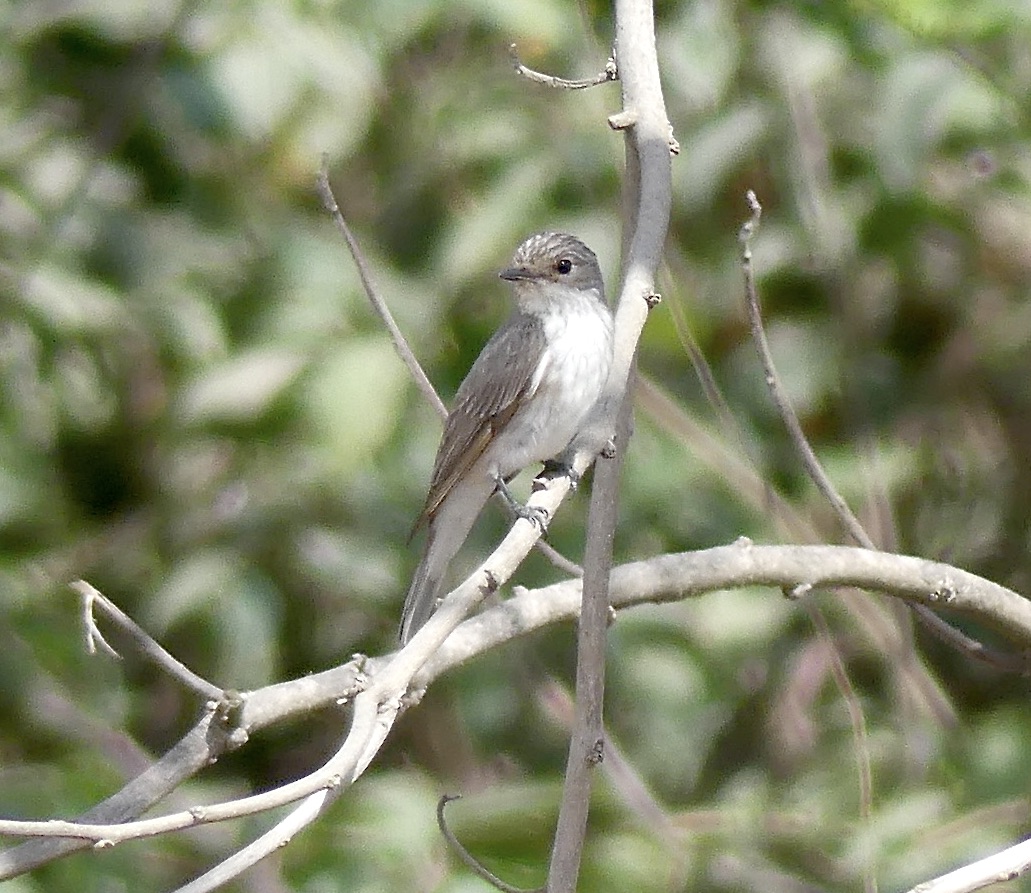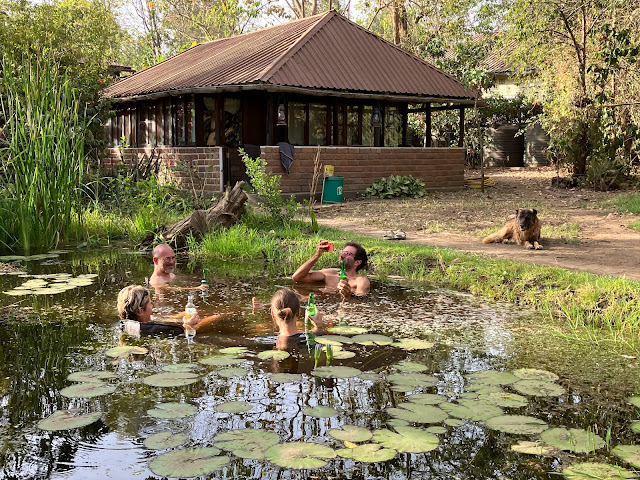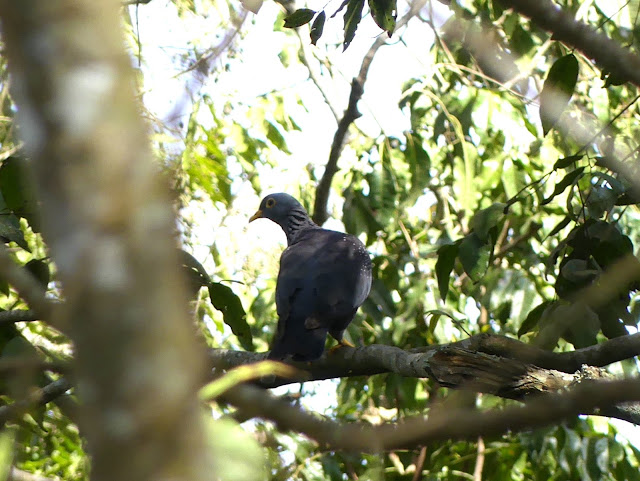 |
| Dark-capped Bulbul - abundant in our garden to the point of distraction. |
We have finally started to have some rain. Not a lot and not every day but the dust has been settled and everyone is feeling happier about life. I have the VicEmergency app on my phone and it has been regularly providing me with storm, flood and sheep grazier alerts for the area around our home in Australia. It just keeps raining there and across much of eastern Australia. Probably the same Indian Ocean conditions that are keeping East Africa relatively dry at the moment.
When the first steady rain arrived here last weekend it was fascinating to watch every bird in the compound head for the lush Bougainvillea hedges to flounce themselves in the foliage and have a good bath. We have birdbaths around the garden but this was obviously a preferred method of bathing. The onset of rain also triggered calling of a Red-chested Cuckoo, a Verreaux’s Eagle-Owl and African Wood Owls. Here’s hoping it continues and intensifies over the next month or so.
 |
| Spotted Flycatcher - a wet season migrant from eastern Europe and central Asia. |
 |
| Female Variable Sunbird |
I have started seriously planning Liz and Sophie’s visit in late January. I ran the initial itinerary past our safari company friend Stanley. It consisted of visits to Lake Manyara NP, Tarangire NP and Ngorongoro Crater. He replied “Do you think it is OK for your daughter and grand-daughter to miss the world famous Serengeti with such wildebeest migration in January? Of course he was 100% right so that is now what we are doing. With a bit of shuffling and squeezing we are now having 5 nights taking in the Serengeti and Ngorongoro Crater. I don’t know what I was thinking!
I have to leave Tanzania in early January for visa renewal so we are planning a short safari in Kenya. We hope to visit the highland forests on the slopes of Mount Kenya and then some savanna country further north. New country so hopefully new birds and other critters.
Jenny has been granted her work permit but still hasn’t received the documentation and has been without her passport for over two weeks. Not a comfortable situation. She has been assured it will be sorted soon.
Jenny goes off to work every day and I’m keeping busy with learning Swift coding. Swift is the programming language used to write apps for all Apple hardware these days. I struggle with some of the concepts but enjoy the mental stimulation. I’m also mining eBird data for valuable bird records that Neil Baker can incorporate into the Tanzanian Bird Atlas. He is particularly interested in rarely reported species and data from places off the beaten track. Much of the eBird data is of little value sadly, due to the way it is collected - inaccurate location information is a major deficiency in many cases. We are finding some genuine gold nuggets though.
 |
| This Hamerkop has discovered the frog pond - and the frogs and tadpoles ... |
 |
| ... as have the resident Hadada Ibis. |
A snag is the power situation here. Most days we lose power for a large chunk of the day but it is quite unpredictable. On Thursday it was off from about 0645 until after 1900. Yesterday it was on all day. Today (Saturday) it is off. You have to decide if you want to use your laptop’s battery up or switch it off and do something else. At least at night we always have lights due to a battery back-up even if the power-points don’t work.
I went birding with our old friend Abdul last week. We first went looking for the elusive, skulking Lynes’s Cisticola. This is a fairly recent addition to Tanzania’s list being more common further north in Kenya. It is now regularly seen on rocky slopes north-west of Arusha and I’ve looked for it before without luck. This time we found a pair building a nest in a grass tussock and they were up and about, ferrying material to the nest and singing from bush tops. This is the first nesting record for the country.
 |
| Lynes's Cisticola surveying its territory. |
 |
| There's a nest under construction in there somewhere. |
After this success we decided to visit a couple of forest sites on Mount Monduli but got lost and ended up on the highway that heads to the Serengeti (i.e. very lost). So we went instead to our regular spot at the quarry north of Oldonyo Sambu and saw lots of good birds despite the dry conditions. A highlight was a stunning Eurasian Golden Oriole but also nice was the first adult Greater Honeyguide I’ve ever seen. We also saw several Rock Hyrax and a Scrub Hare.
 |
| Adult male Greater Honeyguide |
We still get amused at some of the sights of Arusha. These women counting coins in a supermarket was one such sight recently. It probably cost more to count them than the coins are worth.
 |









